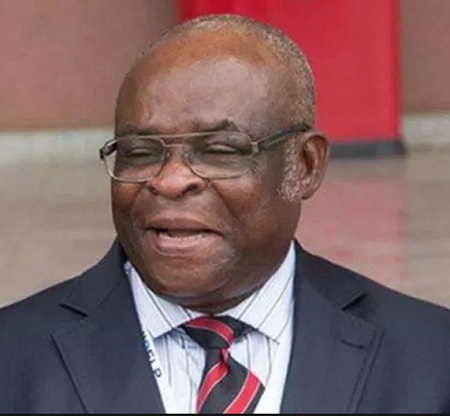
Yesterday, the suspended Chief Justice of Nigeria (CJN), Walter
Onnoghen, finally threw in the towel after a tumultuous career as head
of the nation’s judiciary.
According to his lawyer, Adegboyega Awomolo, (SAN), he resigned in the interest of the judiciary which he headed. “I have just spoken with him. He confirmed to me that he resigned yesterday. He said he resigned in the interest of the judiciary.”
But for those who followed the events that led to his ouster, he
fought a battle he was never going to win. The foundation for his
unceremonious exit was laid the very day he was appointed by the then
acting President, Yemi Osinbajo.
His travails started on November 11, 2016, after the mandatory retirement of his predecessor, Justice Mohammed Mahmud. In accordance with the provisions of Section 230(4) of the 1999 Constitution, as amended, President Muhammadu Buhari, had appointed Onnoghen who was the most senior Justice of the apex court, to head the judiciary as the CJN.
His travails started on November 11, 2016, after the mandatory retirement of his predecessor, Justice Mohammed Mahmud. In accordance with the provisions of Section 230(4) of the 1999 Constitution, as amended, President Muhammadu Buhari, had appointed Onnoghen who was the most senior Justice of the apex court, to head the judiciary as the CJN.
Of course, his elevation was sequel to a recommendation by the NJC
to President Buhari on October 10, 2016. The then CJN, Mahmud, had
forwarded two names to the Presidency- Onnoghen’s name and that of his
next in rank, Justice Tanko Mohammed. Onnoghen’s confirmation as CJN was
dogged by controversy following its protracted nature and it took until
February 7, 2017 for Acting President Yemi Osinbajo to transmit his
name to the senate for confirmation as substantive CJN. He was confirmed
by the Senate on March 1, 2017 and sworn in on March 7, 2017. He is the
first CJN to be suspended and docked.





















0 comments:
Post a Comment